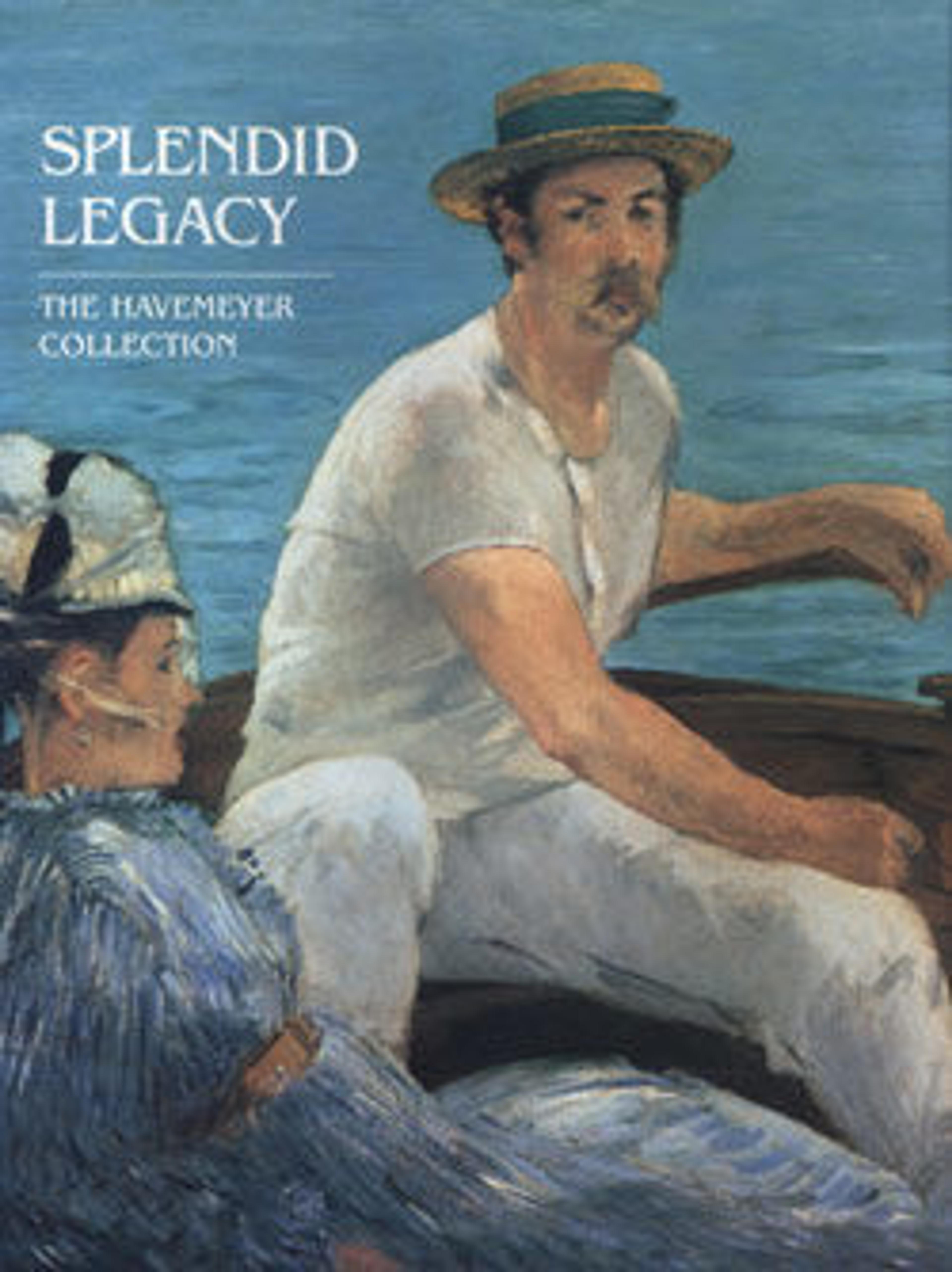Noh Costume (Nuihaku) with Scattered Crests
There are over twenty different crests of varying size on this robe. Some of the designs have Buddhist significance, such as the manji (reverse swastika) and the circular “wheels of Buddhist law.” Others have auspicious symbolism or are purely decorative. These colorful crests with gold-leaf backgrounds (monzukushi) are customarily embroidered on white, black, red, or indigo Noh costumes made from satin. These costumes, called Nuihaku, are mainly worn by male actors playing young female protagonists. The waist area is left blank in a style known as koshi-ake (literally, “blank waist”) as these robes are often worn turned down at the waist.
Artwork Details
- 白繻子地丸文散模様縫箔
- Title:Noh Costume (Nuihaku) with Scattered Crests
- Period:Edo period (1615–1868)
- Date:second half of the 18th–19th century
- Culture:Japan
- Medium:Silk embroidery and gold leaf on silk satin
- Dimensions:Overall: 65 x 53 1/2 in. (165.1 x 135.9 cm)
- Classification:Costumes
- Credit Line:H. O. Havemeyer Collection, Bequest of Mrs. H. O. Havemeyer, 1929
- Object Number:29.100.541
- Curatorial Department: Asian Art
More Artwork
Research Resources
The Met provides unparalleled resources for research and welcomes an international community of students and scholars. The Met's Open Access API is where creators and researchers can connect to the The Met collection. Open Access data and public domain images are available for unrestricted commercial and noncommercial use without permission or fee.
To request images under copyright and other restrictions, please use this Image Request form.
Feedback
We continue to research and examine historical and cultural context for objects in The Met collection. If you have comments or questions about this object record, please contact us using the form below. The Museum looks forward to receiving your comments.
